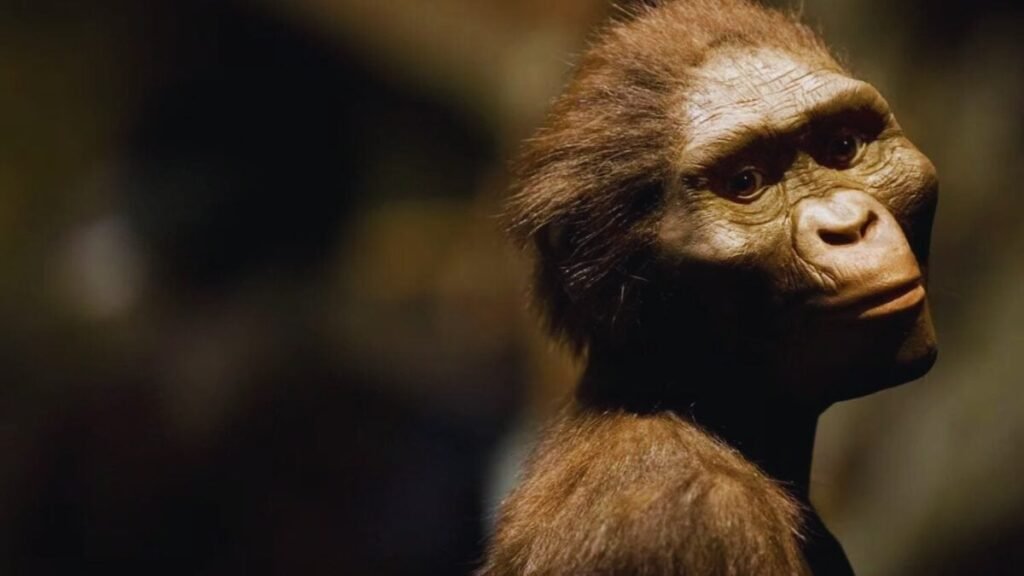The Enigma of First Hominids: Discrepancies in Size Worlds between Males and Females

For decades, the study of early hominids has been marked by iconic fossils such as the But recent research challenges this view, showing that, in some cases, the size difference between males and females was much more pronounced than previously believed, with profound implications for understanding their social life.
A technique to decipher the fragmented past

Studying sexual dimorphism in extinct species has always been limited by an incomplete and difficult-to-assign fossil record. To overcome this barrier, the team led by Adam D. Gordon from the University at Albany applied a statistical method that compares morphological variability of fossils with that of current species—from chimpanzees to modern humans—to estimate size differences without the need to individually identify specimens.
This approach, validated with data from living species, allowed for a highly precise measurement of the degree of dimorphism in early hominids. The results point to a significantly greater disparity than previously assumed.
Giant males and small females

The analysis revealed that in early hominids, males could exceed females in size by up to 50%. This contrast is greater than that observed in modern humans—where the average difference is 15–20%—and even comparable to mountain gorillas, where males can double the weight of females.
This suggests social structures based on high male competition for females, possibly in polygynous systems, and raises the possibility that ecological pressure also favored smaller size in females to optimize energy expenditure in environments with limited resources.
A shift in evolutionary perspective
The new research also dismantles the idea that sexual dimorphism followed a linear trajectory of reduction throughout evolution. Instead, different species may have responded to divergent selective pressures, adapting to their environments with very different bodily strategies.
Beyond the australopithecines, this research reveals hidden variations and forces a reevaluation of narratives about the social and biological evolution of our lineage. What once seemed like a linear progression now emerges as a chronicle of extreme contrasts and unexpected adaptations.






